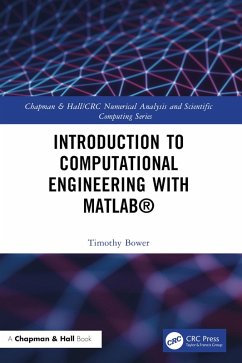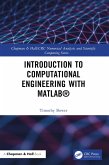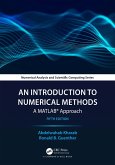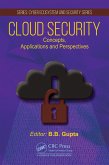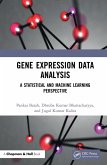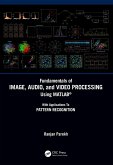Although this book covers some advanced topics, readers do not need prior computer programming experience or an advanced mathematical background. Instead, the focus is on learning how to leverage the computer and software environment to do the hard work. The problem areas discussed are related to data-driven engineering, statistics, linear algebra, and numerical methods. Some example problems discussed touch on robotics, control systems, and machine learning.
Features:
- Demonstrates through algorithms and code segments how numeric problems are solved with only a few lines of MATLAB code
- Quickly teaches students the basics and gets them started programming interesting problems as soon as possible
- No prior computer programming experience or advanced math skills required
- Suitable for students at undergraduate level who have prior knowledge of college algebra, trigonometry, and are enrolled in Calculus I
- MATLAB script files, functions, and datasets used in examples are available for download from http://www.routledge.com/9781032221410.
Dieser Download kann aus rechtlichen Gründen nur mit Rechnungsadresse in A, B, BG, CY, CZ, D, DK, EW, E, FIN, F, GR, HR, H, IRL, I, LT, L, LR, M, NL, PL, P, R, S, SLO, SK ausgeliefert werden.

